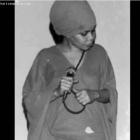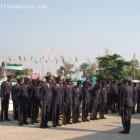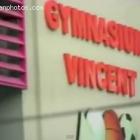ADVERTISEMENT
factory
The production of Sisal in Haiti
Here is a picture of a Sisal Plant Factory in Port-au-Prince, Haiti in 1950.This sisal plan was built to produce fiber for the United States, Department of Defense Sisal is used for a variety of materials such as furniture, construction, cars, plastics and paper products.
Sisal is a stiffer fiber stripped from the leaves of the Mexican agave plant which is spun into a yarn-like material. The sisal fiber is traditionally used for rope and twine, but has many other uses like paper, cloth, footwear, hats, bags, carpets, and dart boards. Its strongest natural fibers make it incredibly durable. Sisal rugs are the best fit for high-traffic areas in the home because of its strength, durability, ability to stretch, affinity for certain dyestuffs, and resistance to deterioration in saltwater in places like hallways and entryways. Sisal is also used in low-cost and specialty paper, mattresses, wire rope cores, filters, buffing cloth, geotextiles carpets, handicrafts, and Macramé. Sisal's natural creamy white hue can be dyed any color to suit your interior design scheme. The fibers from the leaves can be used in their coarse, raw state which is more inflexible or can be blended with other fibers, such as wool, to produce a softer material.
Agave Sisalana is a succulent plant closely related to the plant which brings us tequila. Since sisal is an agave, it can be distilled to make a tequila-like liquor. A sweetener is often extracted from its agave nectar (also called agave syrup) and used as an alternative to sugar in cooking. It grows in dry, desert climates such as the plains of Mexico and other parts of the New World. Dedicated sisal farms have been established, especially in Africa and Brazil. Sisal was used by the Aztecs and the Mayans to make crude fabrics and paper.
The plant is quite hardy and can grow year round in hot climates and even in arid or dry regions that are typically unsuitable for other crops. Its growth depends on the level of rainfall, the altitude, and the location. Its production cycle can be up to 12 years during which it can produce up to a total of 180 to 240 leaves for its growth and crop for this fiber can grow up to four tonnes per hectare. It can grow to upwards of 15 feet in height and can have numerous plants and baby plants linked with it. Sisal has been considered as an environmentally friendly strengthening agent to replace asbestos and fibreglass in composite materials in various uses including the automobile industry.
Haiti is one of the poorest countries in the Western Hemisphere where only 11.3% of the land is well suited for agriculture, where 14% people are unemployed and about 60% people live below the poverty line, the production of Sisal can play an important role in its economy. It could be a good means to generate income and bring the unemployed out of frustration.
The HOPE Act duty-free access to the U.S. market, An opportunity for Haiti to export
Established in 2008 to help Haiti after the devastating 2010 earthquake, the Government of the United States gave Haiti something that other countries would only dream of. It is access to the US market, the biggest in the world. The HOPE Act provides for duty-free access for up to 70 million square meter equivalents (SME) of knit apparel (with some t-shirt and sweatshirt exclusions) and 70 million SMEs of woven apparel from Haiti.
There are some requirements to be qualified under the HOPE Act; however, this is an opportunity that can actually bring economic development for Haiti only if it uses it smartly
The unveiling of the Caracol Industrial Park in the Northern part of Haiti
Here is a celebration to mark that the unveiling of the first stones for Caracol Industrial Park in the Northern part of Haiti in December 2011. The new 605-acre industrial park is expected to attract 65,000 jobs and was created as a result of the HOPE Act which offers duty-free access to the U.S. market. The park is estimate to cost $257 million and the major players include South Korean textile firm, Sae-A Trading Co Ltd that intends to create its own textile mill, the first ever in Haiti, with knitting and dyeing facilities. The U.S. government as well as IDB are also participating are some major investors.

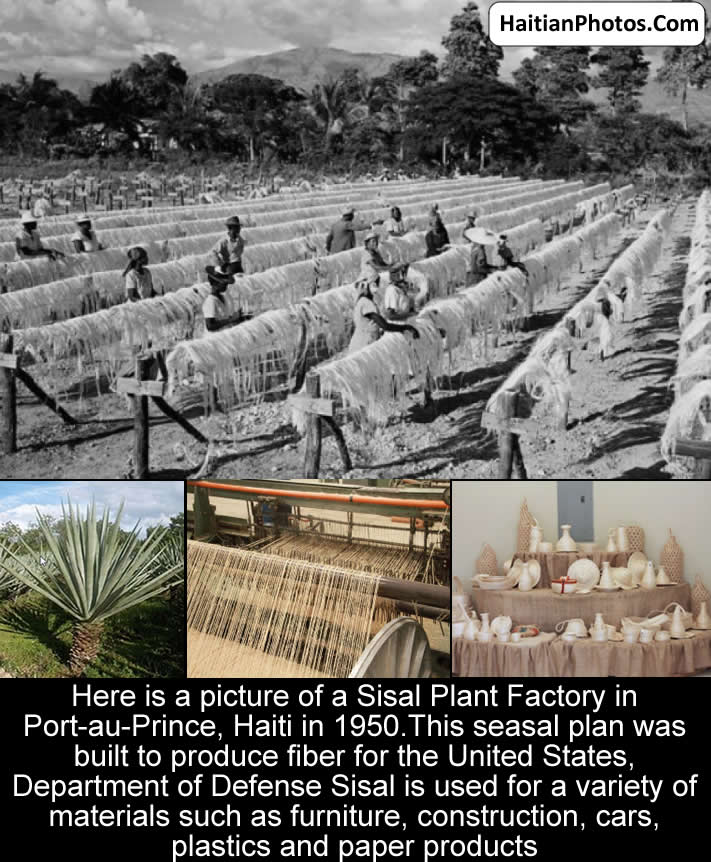
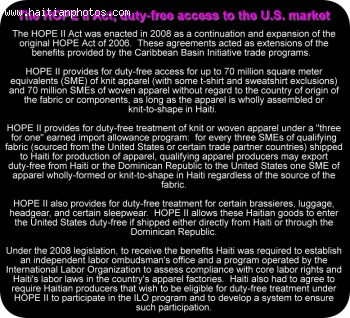

 Five personalities of the Haitian musical world awarded
Five personalities of the Haitian musical world awarded  Love between Barack and Michelle Obama
Love between Barack and Michelle Obama 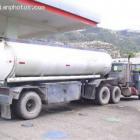 Gas Station In Haiti
Gas Station In Haiti  Dr. Henri Ford, First Haitian Dean At University of Miami Med...
Dr. Henri Ford, First Haitian Dean At University of Miami Med... 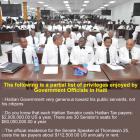 Partial list of privileges enjoyed by Government officials in...
Partial list of privileges enjoyed by Government officials in...  Jean Henry Céant deposited documents in Parliament for...
Jean Henry Céant deposited documents in Parliament for...  The Petro Caribe Challenge hashtag
The Petro Caribe Challenge hashtag  Port-au-Prince on fire over gas prices hike
Port-au-Prince on fire over gas prices hike 

